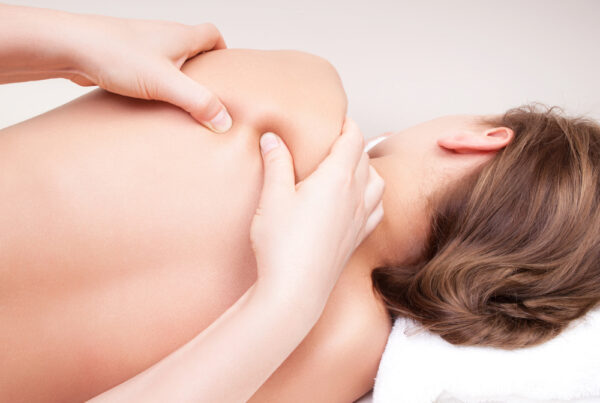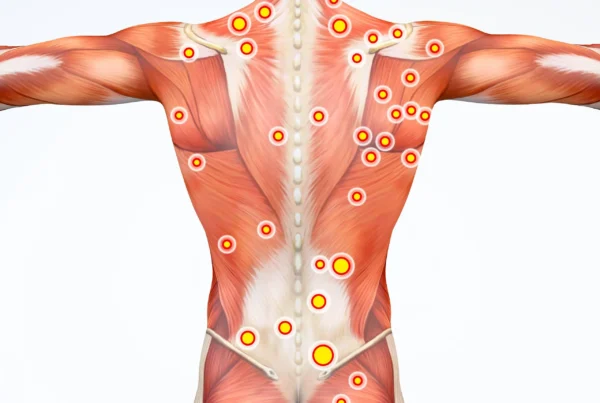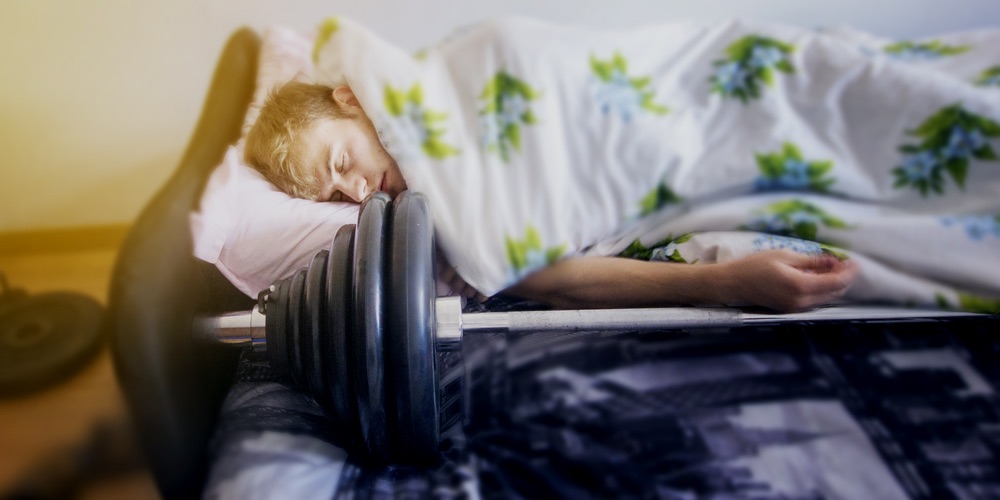How do we develop problematic postures?
Posture can be a result of a congenital condition, however more often that not is a result of poor ergonomics/biomechanics of the body, how we hold ourselves when moving or seated.
So many factors can contribute to how we hold ourselves. It can be influenced by psychological factors, the demands of our job, how we exercise, how we sleep, how we distribute weight in our body and many other factors.
Posture is often formed by our bodies following the path of least resistance, which can be influenced by weakness in certain muscles, excess tension in others or pain existing somewhere in the body.
Posture can’t really be seen as “good” or “bad” as the shape of your spine and how your joints align is individual to you. However, if our posture is putting active strain on a muscle/s or excess pressure on a joint/s, we can end up with irregularities in our skeleton and possible atrophy or lack of innervation to certain muscles which can result in painful conditions.
What can go wrong with a problematic posture?
Thoracic Outlet Syndrome
A condition that can be a result of posture is thoracic outlet syndrome. A common feature exhibited by individuals with TOS is a flexed head position, depressed and anteriorly shifted shoulder, and protracted scapula. Over time this posture can begin to decrease the space between the clavicle and the first rib, create excessive tension in the certain neck muscles and the pectoralis muscle in the chest. All these factors contribute to compression of the brachial plexus which sits under your clavicle near your armpit. The brachial plexus encases your meridian nerve, subclavian artery, and subclavian vein. The compression of these can cause numbness and tingling in the arm and hand. Often there is associated pain in the neck, chest and upper back as a result of this compression.
Degeneration
Prolonged postures such as being slouched at your desk for work for many hours can put strain on your back muscles and unnecessary load on your spinal joints. This can lead to stress being placed on your intervertebral discs, resulting in degeneration over time. This degeneration can lead to bulging discs, and chronic pain in your neck and back.
Lower back pain
Unsupported postures cause the loads on your spine to disperse incorrectly, weakening the tissues in your lower back. As a result, the intricate network of muscles, discs, and joints in your back tend to be pushed beyond their tolerable limit, causing pain.
How can I improve my posture?
Alongside strengthening, Remedial Massage is a big part of the equation when you are trying to improve your posture. Through Remedial Massage, the tight shortened muscles can be released and the weak muscles stimulated, overall helping to return balance to the body. Treatment will also alleviate strain on the joints caused by muscle tension, improve muscular stability, increase awareness of your habitual movement patterns and increase your range of motion, which can all contribute to improving your posture.






